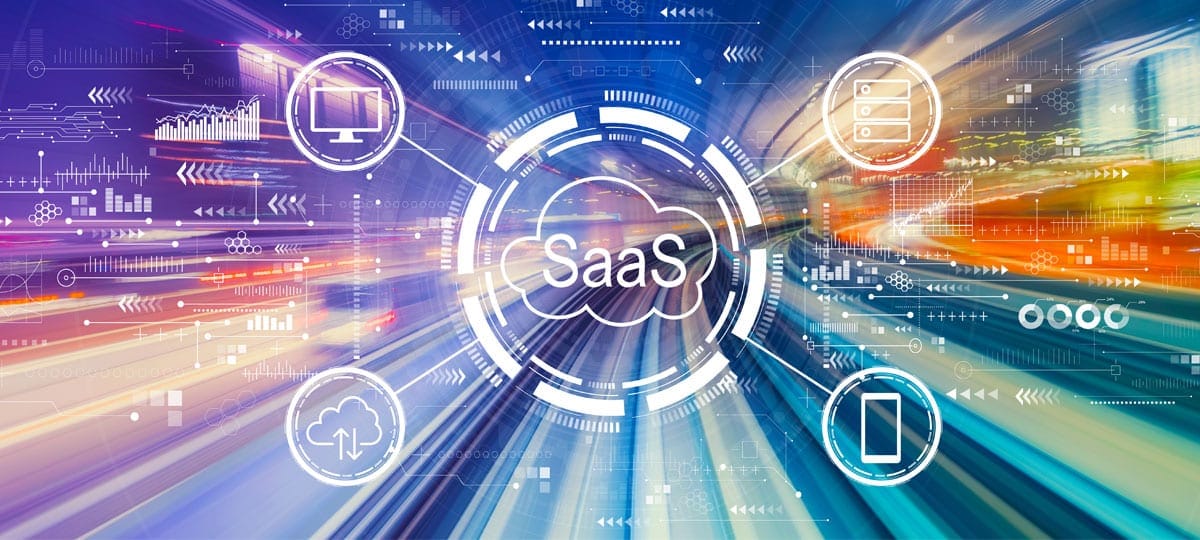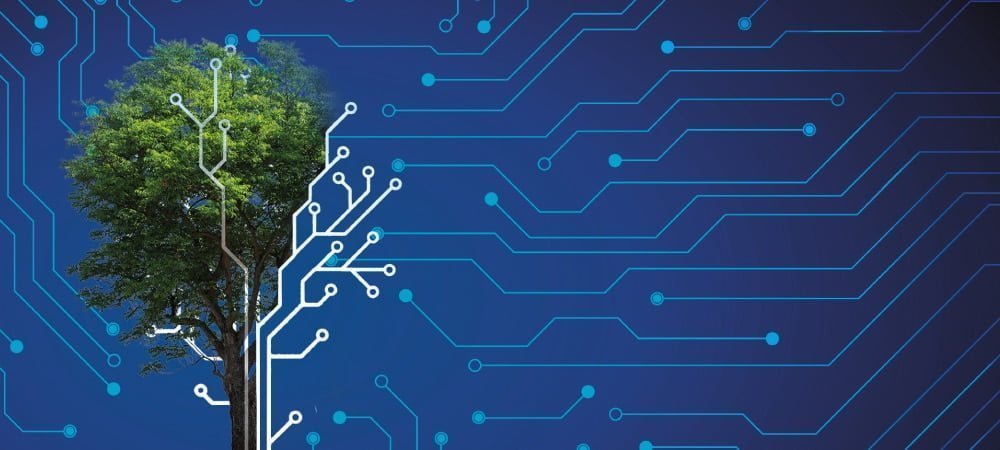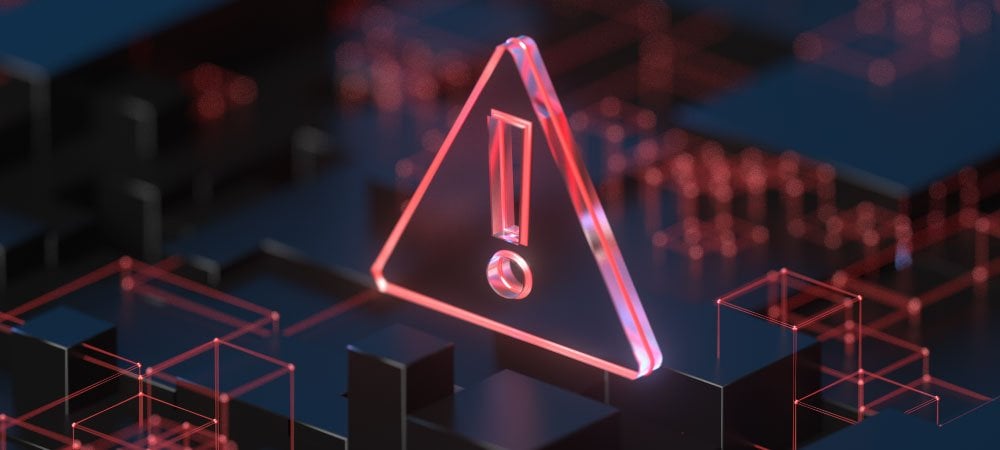SaaS - Horror or Blessing?


Where the advantages and disadvantages of SaaS lie in automation
We speak of SaaS when a software application is made available in the cloud via a web application. Data, servers and maintenance of the application are managed directly by the provider. This model represents an alternative to the classic on-premises solution, i.e., the purchase and installation of the software in one's own IT environment.
SaaS: On the rise
In recent years, SaaS has experienced a triumphant triumph in the enterprise. According to Gartner, spending on SaaS applications increased by 42 percent worldwide from 2020 to 2022. While CRM and project management programs such as Salesforce succeeded with SaaS in the early days, this sales model has now reached all areas of IT infrastructure. Even complex solutions such as workload automation are offered as cloud-based services. The housekeeping of the application, a central level in complex software, is thus taken over by the provider.
The first reason is technical: Fast and stable Internet is now available everywhere in major cities and metropolitan areas. A basic prerequisite for SaaS. Conversely, this means that companies located in the broadband diaspora should not obtain important software applications via such a model.
Entrepreneurial advantages
The main argument is the scalability of the software. Most SaaS solutions are offered in various scopes and licensing models. Small and medium-sized companies in particular get the software they need for their processes - and not a bloated all-in-one solution. On the one hand, this is less expensive, and on the other, it makes it easier to use and operate. This is because the maintenance, monitoring and backup tasks lie with the service provider; they are responsible for keeping the application running. In this way, SaaS is also an answer to the shortage of skilled workers in the IT sector. Companies no longer need their own staff for installation, maintenance and monitoring. SaaS services also offer reporting and intelligence tools. Companies no longer need to worry about this either. In addition, the software setup is less expensive. The initial and ongoing costs are much lower - both technically and in terms of finances and personnel.
Technologically, SaaS solutions have now reached the stage where they can be integrated into existing systems. Collisions with other software occur only occasionally.
Avoid the SaaS trap
So why do some companies shy away from the software model? Are they blind? Not necessarily. Because SaaS harbors risks. These can be summarized under the terms "dependency" and "security".
Let's look at the dependencies: Once you have decided on a solution, it is difficult to switch later. The keyword here is vendor lock-in. In other words, the customer is so dependent on the vendor's software that switching to a competitor would not be economically viable - even if the SaaS provider were to increase software costs. Because then problems arise. What happens to the data? Is migration to another system possible? Or will destructive data chaos result?
There are further uncertainties: What happens if the provider discontinues its service, disappears from the market or is taken over by a competitor? Complications often arise that were not previously on the radar screen. Even with major players. For example, Office365 was initially run by T-Systems. Then Microsoft terminated the partnership. As a result, customers incurred additional costs of 20 percent and the data was no longer stored in compliance with the GDPR.
Furthermore, there are dangers lurking with updates. How long are updates available and does IT have to keep up with every update? Sometimes updates lead to problems with the historically grown application because the "legacy interfaces" no longer harmonize with the software. Or after an update, features that the company had relied on are dropped. In principle, you are giving control of your system out of your hands.
Another point concerns complexity and the associated risks. The infrastructure is usually more complex with SaaS, since the integration of an external service runs across significantly more nodes. In addition, more approvals are required, for example for firewalls. More single points of failure (SPOF) are created for the overall system. This becomes particularly visible during migrations.
In addition, in time-critical disaster scenarios, the possibilities for intervention are limited; there is no centralized control authority. Thus, the SaaS provider usually cannot accelerate the rescue. Contractually agreed resolution times are either too long or are undermined. In general, SaaS applications often run slower than client solutions.
The topic area of "security" concerns not only data security, but also that of trade secrets. Should the important IT infrastructure really be outsourced? Aren't companies putting valuable, even explosive knowledge into the hands of third parties?
Therefore test who binds himself eternally
As a rule of thumb, it can be said: The more important the software application is for the company, the more carefully the use of SaaS and the SaaS provider must be examined.
Here we are at the topic: automation. Automation processes are often crucial for operations. If these are disrupted, orders cannot be processed, for example. Warehouse management no longer works. Or invoices can no longer be issued. In the worst case, the entire operation comes to a standstill.
This not only affects the running of the applications, but also the knowledge behind them: If it is no longer shared and passed on in-house, it will sooner or later lead to a loss. Keyword: brain drain. A company that is dependent on the know-how of third parties for core processes is vulnerable. And it excludes itself from its own further developments. As a result, it may lose a competitive advantage.
Companies should not outsource their automation processes lightly. Those who nevertheless decide in favor of SaaS because the advantages outweigh the disadvantages, or because they do not have the know-how to operate it, should clarify questions arising from the topics of "technology," "service," "compliance," and "contracting" in advance.
When it comes to technology, the focus is on questions about functionality. Does the software meet the desired requirements? Are there individualization options? What about interfaces, especially legacy interfaces? Where is the data stored, how is it secured, and who has access? These questions overlap with points about compliance and service such as: Which actor is allowed how much? What does the service provider do in terms of maintenance and development? What happens to the data after terminations? How long are they preserved? This brings us to the contract. This is not only about costs, but also about duration, cancellation periods, and upgrades and downgrades.
In detail - especially smaller and medium-sized - companies cannot fully answer these questions. For complex software applications, independent consulting should be brought on board.
As with all complicated things in life, when it comes to answering the question of whether SaaS is suitable for automation processes, there is no clear "yes" or "no", but rather: it depends.





